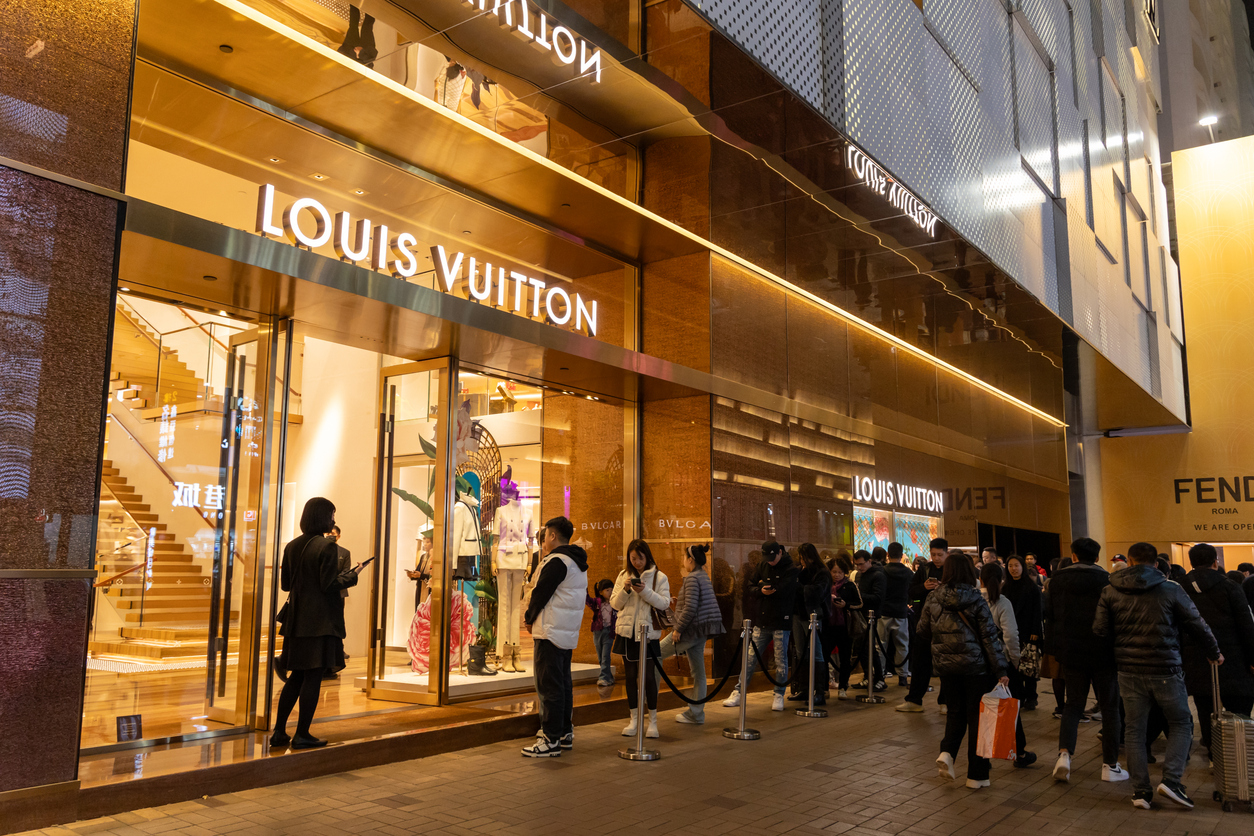Investor Letter 2025
Magellan Global Fund - Open Class Units
Dear Investor,
Global stock markets have continued to deliver attractive returns, with the MSCI World Net Total Return Index (AUD) delivering a 17.5% total return in the past 12 months1. The Magellan Global Fund - Open Class Units (“The Fund”) delivered a 17.0% return net of fees1, keeping pace with the market despite taking at least 20% less risk2. The value to investors provided by this below-market risk setting was on display during the recent tariff war. During this drawdown period the fund delivered a negative return net of fees of -10.5% compared to the index of -13.1%3. Looking ahead, there are three key investor debates shaping the outlook for stocks, and we provide our view on each.
US vs Europe
In the past six months, European stocks returned 10% compared to a 2% decline for US stocks4. This was triggered by a pick-up in European government spending that should support European growth, as well as a reassessment of how much investors were willing to pay for high-growth US technology stocks. Our analysis suggests the outperformance of European stocks was driven mainly by a re-rating of European stocks rather than a deterioration in the outlook for US stocks.
We think further European re-ratings are unlikely and, if they occur, would probably be short-lived. Put simply, there have been no changes in the long-term fundamentals that favour US stocks. The US remains a technological leader, driving productivity growth. The US has superior demographics, driving faster population growth, and a more business-friendly political landscape, driving sustainably higher profitability.
These three factors mean that the US stock market generates faster profit growth than Europe, and most importantly, this advantage is durable. As long-term investors, we are interested in where future profits will be generated, not where historical re-ratings have occurred. The portfolio’s exposure to the US is 59% and Europe is 15%, measured by where profits are generated, not where the companies are listed.
Decoupling and China
One of the most powerful trends investors must grapple with is the decoupling of the West and China. To be sure, this is more than economic decoupling; it is also financial and technological decoupling. The risk to investors is this decoupling occurs too quickly – faster than companies can rejig their supply chains. On this score, the risks seem tilted towards faster-than-expected decoupling. During the year we managed our exposure to this risk by exiting our position in Apple. The company is uniquely exposed to decoupling as it is reliant on China for both production and sales. When it comes to iPhones, its largest source of revenue, we estimate approximately 18% of sales globally occur in China while between 80% and 90% of all iPhones are manufactured in China5. Looking ahead, we will continue to carefully manage our exposure to this powerful decoupling force.
It’s important to highlight that this decoupling risk is separate from the Chinese economic outlook and the potential for Chinese government interference in business operations within its borders.
The fund has less than 5% exposure to China (by revenue). This exposure is through high-quality multinationals with operations in China such as ASML, LVMH and L’Oréal. These companies’ advantages lie in their ability to manufacture goods that are difficult to replicate as well as very strong brands that resonate with consumers.
Governments and regulations
Most of the companies we invest in have strong market positions – so strong, in fact, that their greatest threat comes from government regulators, not competitors. Accordingly, the decisions governments make are very important.
Around six months ago, just prior to Trump’s return to the White House, the prevailing wisdom among investors was that the returning pro-growth and pro-business President meant more drilling, more permitting - and perhaps less regulation of Big Tech?
Fast forward to today, and the US regulatory outlook has not really improved for Big Tech. There are ongoing investigations into their market positions. To be sure, the US government wants the US to retain technological leadership – but does it want that tech leadership to be concentrated in the hands of a small number of companies? It seems to us that Trump is happy with the current arrangement as long as these companies align with his patriotic and personal goals. Accordingly, we watch company behaviours carefully: when it was speculated that Amazon would show the impact of tariffs next to product prices, the Trump Administration quickly released a condemnation. Amazon’s pivot on this initiative avoided a deterioration in their relationship with government.
But that is the US. In Europe, many governments would like to place levies on the revenues or profits of the Big Tech companies. Like bees to honey, governments are attracted by the prospect of taxing things that are growing fast and have few substitutes. In this case, however, there is an additional aspect that investors must know. Most of these levies will be applied to US, not European, companies, increasing tensions between the two regions. Because of this, we would expect the US government to defend its technology champions, as it helps in protecting the leadership positions of the US.
Most of the companies we invest in have strong market positions – so strong, in fact, that their greatest threat comes from government regulators, not competitors.
We are confident that our Big Tech exposures – Microsoft, Amazon, Meta Platforms and Alphabet – will be able to navigate the regulatory risks that they are facing. However, it is important that investors stand back and understand why these companies are facing regulatory risks. Each company has a very strong position in industries that are key to the fast-growing digital economy, making them exceptionally well-positioned to create shareholder wealth.
Overall, we remain confident the fund will continue to deliver on its primary investment objective of achieving attractive risk-adjusted returns over the medium to long term while reducing the risk of permanent capital loss. Our unique and robust approach to identifying the highest-quality companies alongside constant monitoring of valuations are at the core of what we do, and we are extraordinarily focused on both each day.


Arvid Streimann, CFA
Head of Global Equities and Portfolio Manager


Alan Pullen,
Portfolio Manager
1 As at 31 May 2025. Calculations are based on exit price with distributions reinvested, after ongoing fees and expenses but excluding individual tax, member fees
and entry fees (if applicable). Past performance is not a reliable indicator of future performance.
2 The proxy for risk is the Magellan Combined Risk Ratio – a combination of beta and drawdown ratio.
3 18 Feb - 21 April 2025, Index: MSCI World Net Total Return Index (AUD)
4 Euro STOXX 600 NTR Index (EUR) and S&P 500 NTR Index (USD) as at 31 May 2025
5 Company filings
Image Source: iStock

